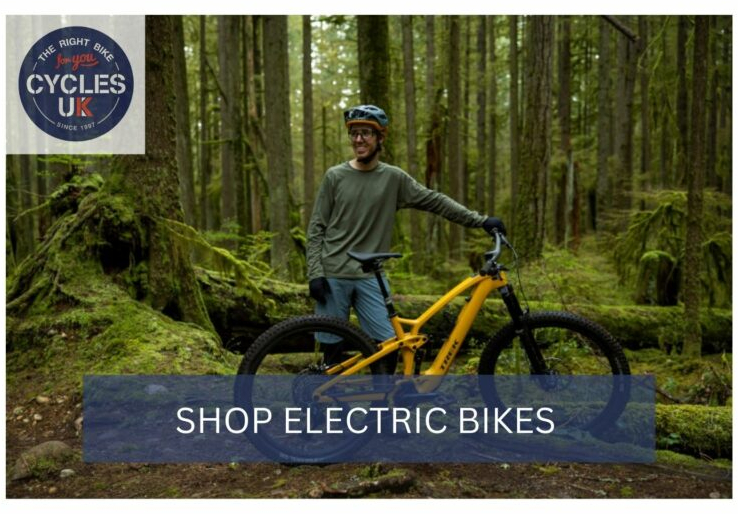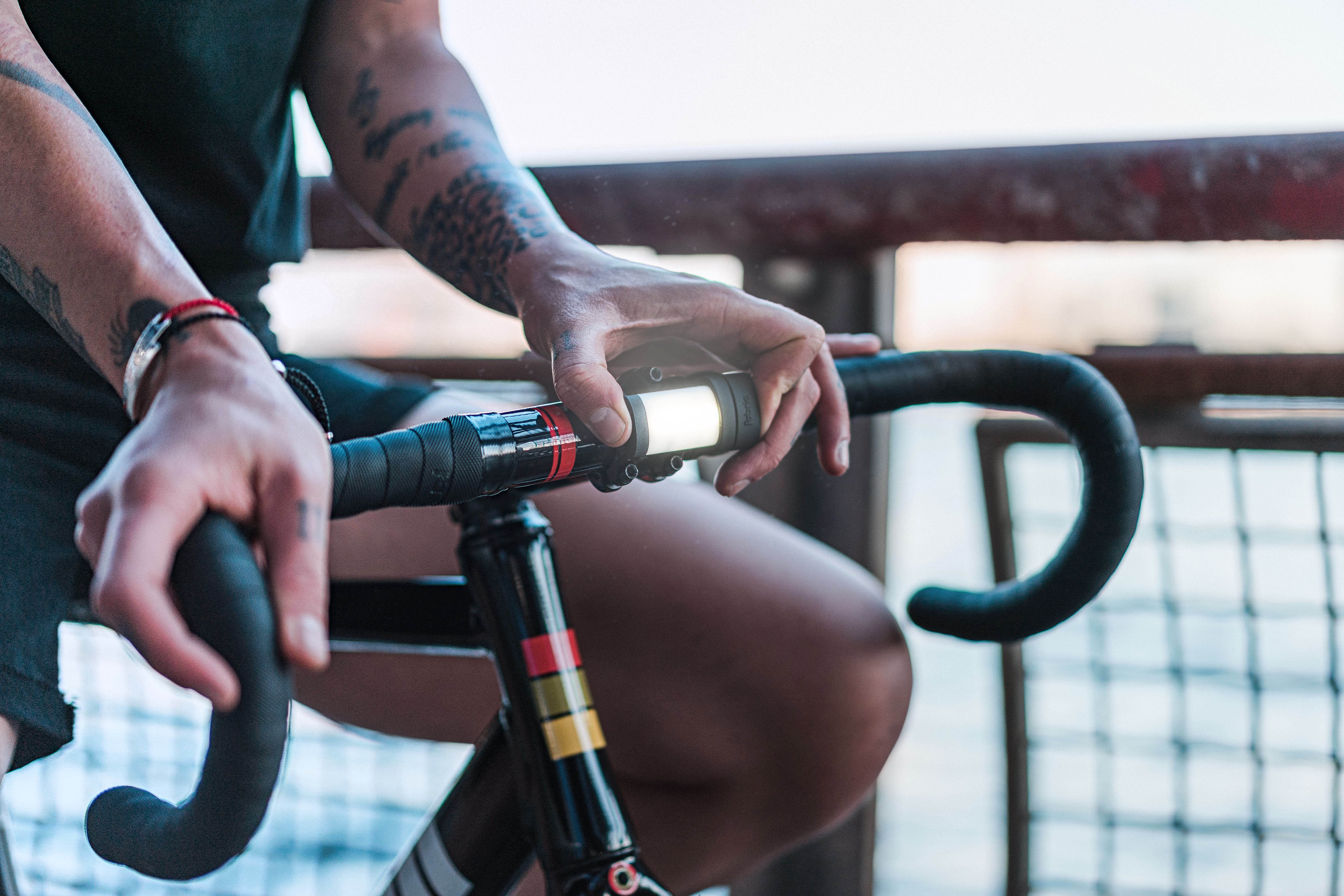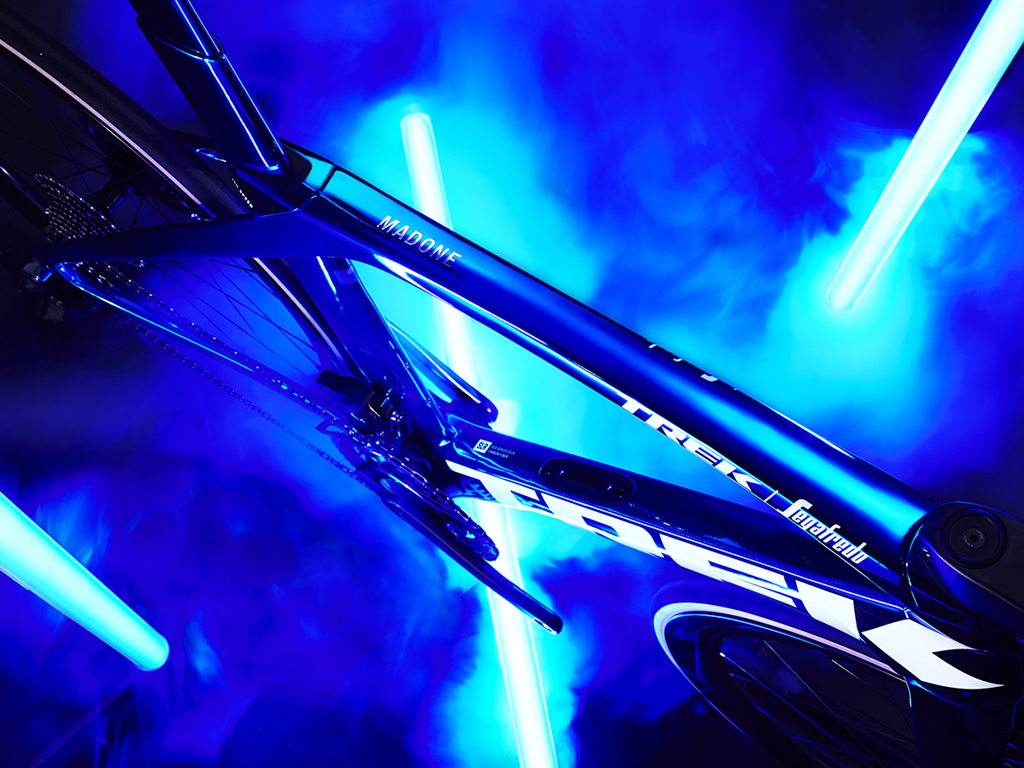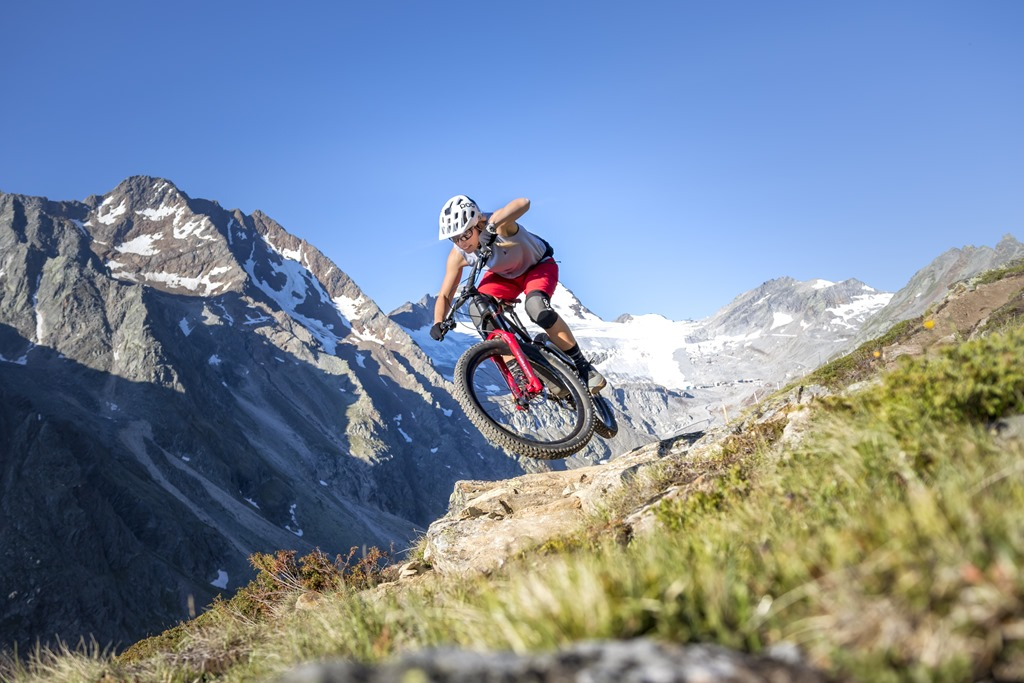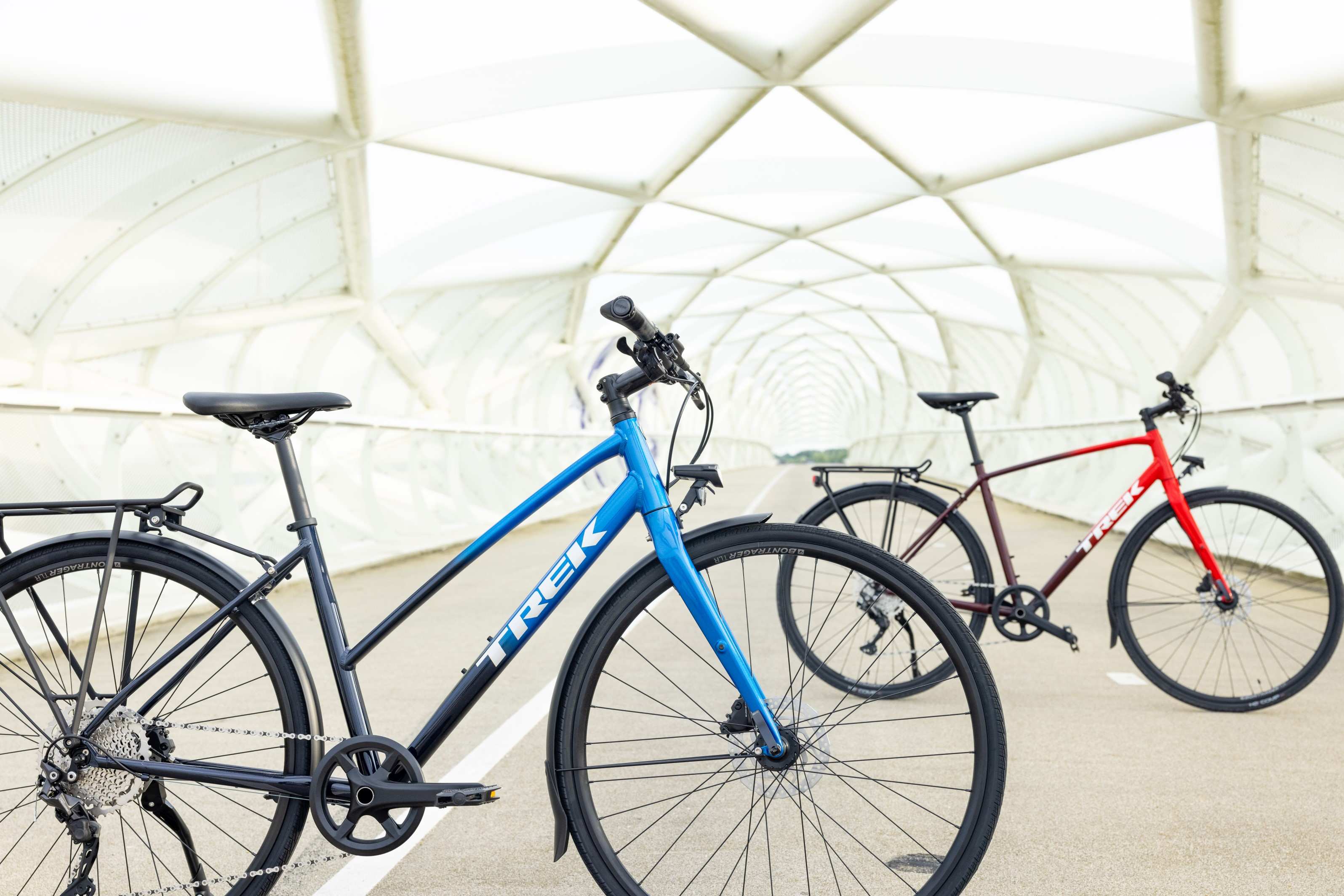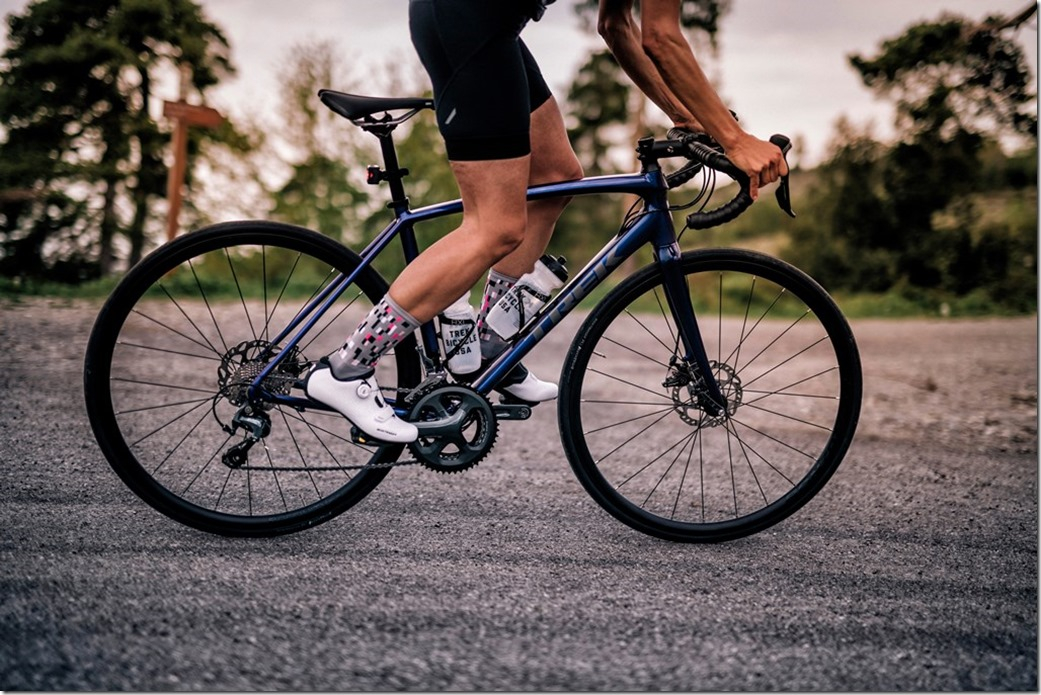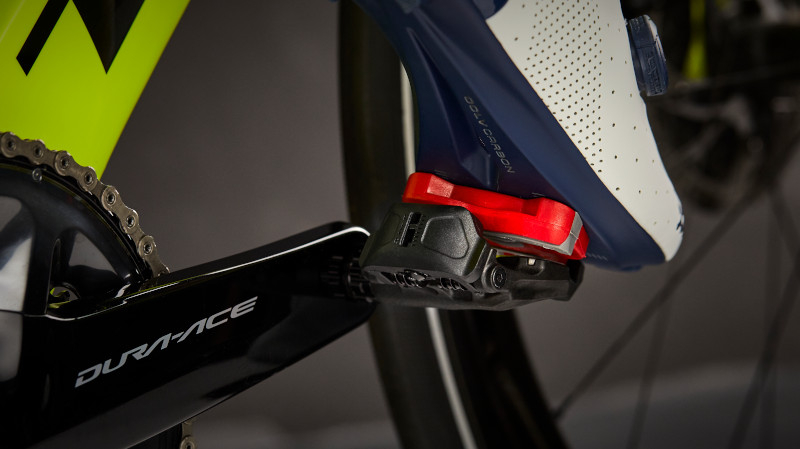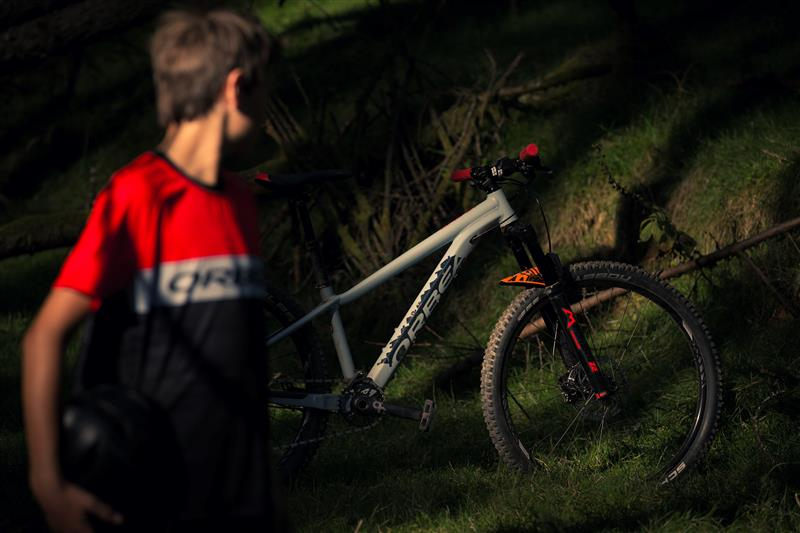Electric Bike Motors Explained
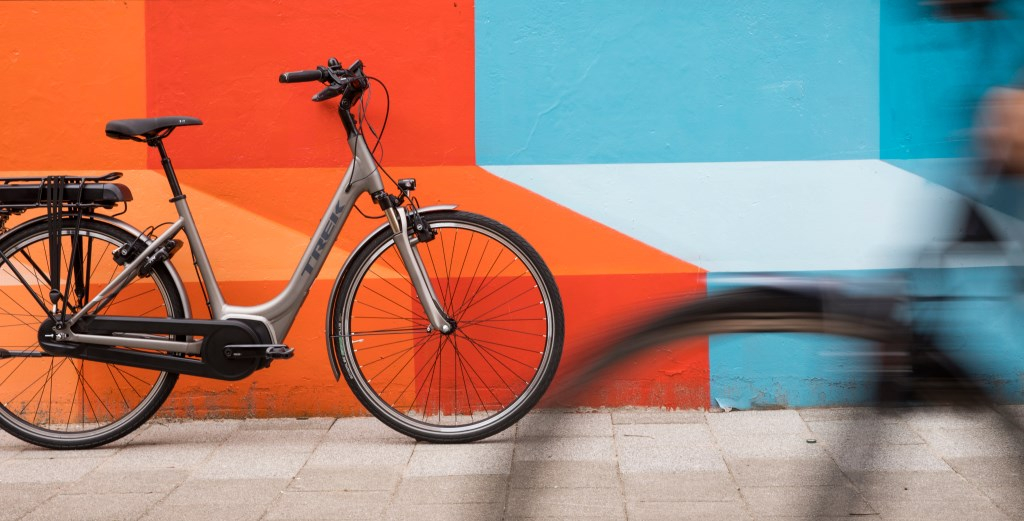
Electric Bike Motors Explained
Electric bikes have really come into their own in the last couple of years. Thanks to advances in electric bike motors and batteries. A couple of bike manufacturers, most notably Specialized, are making their own electric bike motors. The vast majority of bike companies are using the same motors. So, you will find exactly the same electric motor being used on bikes from different brands and at different price points. In this guide, we’ll take you through the main types of electric bike motors. Look at the differences between the most commonly used brands.
Electric Bike Hub Motors vs Mid-Drive Motors
Electric bikes tend to either come with a hub motor or a mid-drive motor. Mid-drive motors sit where the cranks and bottom bracket are on a bike and drive the cranks and chain around. Hub drive motors sit in the middle of the wheel and drive the wheel directly. Hub drive electric bikes are cheaper but less efficient, and less smooth, to ride.
Electric Bike Motors Controls
Most modern electric bikes have motors that will automatically kick in as soon as you start pedalling. There is no throttle or need to press a button, you simply pedal and the motor works automatically.
On hub driven bikes the motor tends to be fairly on or off. Whereas the mid-drive motors have a more graduated power. With mid-drive motors the harder you pedal the more power the motor will put out. This makes riding the bikes feel very natural and intuitive. As the bike will respond instantly to the effort you are putting in.
Although mid-drive electric bike motors will respond to the pressure you put on the pedals. They will also normally have settings for the amount of power you want the motor to contribute. Bosch electric motors come with a series of modes from eco, through touring, sport and boost. Each level contributes more power from the motor but in exchange, the battery life gets shortened. With Specialized electric bikes you can use their Mission Control app to fine tune how much support you get.
Electric Bike Motor Power
All electric bikes in the UK are capped at 25kmph/15.5mph and they are not allowed to have a power output greater than 250 watts. With the maximum speed and power, both capped the competition between manufacturers of electric bike motors comes down to how the power is used and the weight of the motor. One of the most useful figures to look at is the torque produced by the motors as this will give you a sense of the acceleration and raw power for climbing hills.
Brands Of Electric Motor
Until recently there were only two main brands of electric bike motor, Bosch and Shimano. We are now increasingly seeing motors from HyDrive, EBikeMotion and new brands like TQ.
HyDrive - this is a hub motor system which is being used on some of Trek's lightweight electric hybrid bikes like the FX+ and Dual Sport+. Cannondale are also using it on some of their Treadwell Neo hybrid bikes. The hub motor is small and produces around 40Nm of torque, compared to 65 to 85Nm on many mid-step motors. The idea is to give you a bike which is light enough to lift up stairs but has enough range for around 50KM of riding. So they are ideal for city riding.
Mahle/Ebikemotion - this is another hub drive motor similar to the HyDrive. The Mahle motors have been used by Orbea and Cannondale. Like the Hydrive they are small and reasonably light but they produce a bit more power, up to around 55Nm. They have been used on a number of electric road bikes as well as electric hybrid bikes.
Bosch Electric bike motors – Bosch motors are used by Raleigh, Orbea, Trek, HaiBike and Cannondale. Bosch currently has 6 different electric bike motors with the main ones being their Active Line motors designed for hybrid and city bikes, and their Performance motors designed for mountain bikes. The major difference is that the Performance motors put out a lot more torque (75nm compared to 40nm in sporty modes) and the Performance motors also have a higher maximum cadence. This means that they can accelerate faster and give you more power to get up hills and over obstacles while the Active motors will give you a smoother ride.
Shimano Electric Bike Motors- Shimano are the biggest manufacturer, and best-known brand, of standard bike gears and brakes. Their electric bike motors are known as the STEPS system which stands for Shimano Total Electric Power System. Shimano STEPS motors are used by brands including Raleigh, Merida and Whyte. Orbea also use a custom tuned Shimano EP-8 motor on their lightweight electric mountain bikes the Rise and Urrun. This allows Orbea to make an electric bike which handles like a standard bike but still has decent range.
Like Bosch, Shimano makes different motors for urban and city use, trekking and mountain biking. As you would expect the Shimano STEPS system is designed to work with wider Shimano gear and brake systems. Their top-end Di2 models come with fully automatic gears so your bike can change gear as and when it needs to.
TQ - brand new to the market in 2023 is the TQ motor which is being used on the Trek Fuel EXe and the Trek Domane+ SLR bikes. TQ are a German robotics company who make space probes amongst other things. Their motors use a harmonic ring' system which needs less moving parts than a standard electric bike motor. This makes them smaller, lighter and quieter. So you can get an electric bike which rides more like a standard acoustic model.
Bosch V Shimano – Which Is Best?
For the moment Bosch and Shimano are still the dominant players in the electric bike market, but which is best? The rider experience on Bosch and Shimano equipped bikes is very similar. Both have motors where the power kicks in automatically and where you can set the level of assistance you want. Battery life is very similar and the top speed and power output are both the same. However, there are some clear differences.
The Shimano motors are the lightest on the market and current models come in around 2.5kg compared to around 3.2kg for the equivalent Bosch model. This is a pretty significant weight saving. However, the maximum torque on the Shimano STEPS motors is 50nm, much lower than the 75nm Bosch motors can achieve so you get less raw power for acceleration and overcoming obstacles. This is one of the reasons why the Shimano motors are more commonly used on hybrid and city bikes rather than mountain bikes.
The Shimano systems do tend to come with fewer modes. They normally have three modes compared to four or five on the Bosch motors making them less tuneable. Again this tends to mean that the Bosch motors are favoured for mountain biking as riders can tune the power they want to respond to the terrain.
